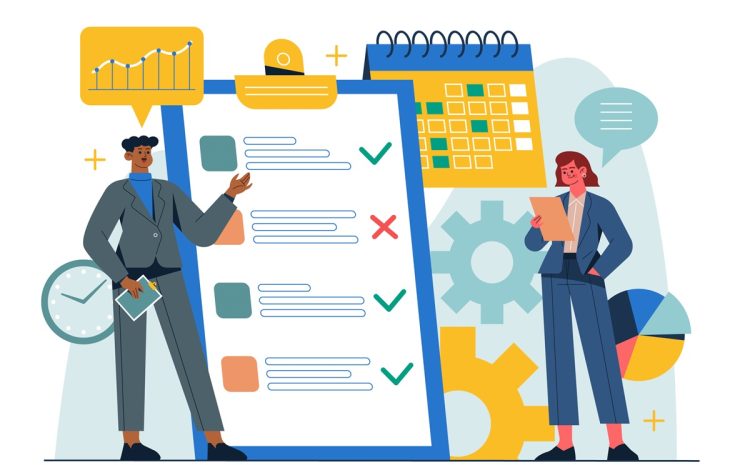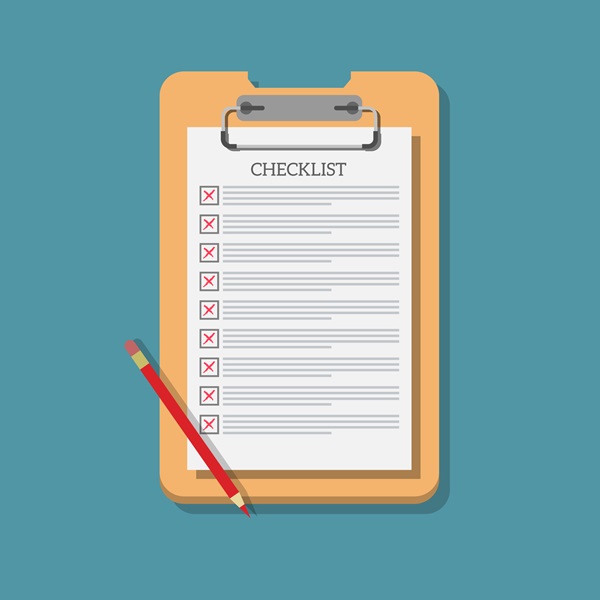
Checklists — the ultimate tool for mastering the art of consistency! Whether you call them Control Lists or Verification Lists, these powerful formats are your go-to for performing repetitive tasks, verifying essential requirements, and collecting data with precision and order. They’re the silent guardians in the background, ensuring every activity or product is scrutinized with a keen eye, leaving no stone unturned and no important detail forgotten. Embrace the checklist, and you embrace excellence in execution!
Checklists serve the following primary purposes:
In essence, checklists are instrumental in conducting regular checks and inspections, ensuring that no task is overlooked during daily routines.
The benefit of employing checklists lies in their ability to organize repetitive tasks and controls. They also act as a log, documenting the completed tasks each day.

Utilizing a checklist effectively involves the following steps:
Also we should provide an area for additional comments, allowing workers to note observations and gather initial insights into any discrepancies.
On the other hand, Checklists can also be a tool for data gathering, useful for creating graphs, histograms, or diagrams to monitor the progress of a feature or activity. They are equally valuable for daily reporting on operational status.
Email: [email protected]
Phone: +84(0)862101539
Address: 2nd Floor, Saigon Paragon Building, 3 Nguyen Luong Bang Street, Tan Phu Ward, 7 District, HCMC, Vietnam
© 2024, Libertech JSC. All Rights Reserved.